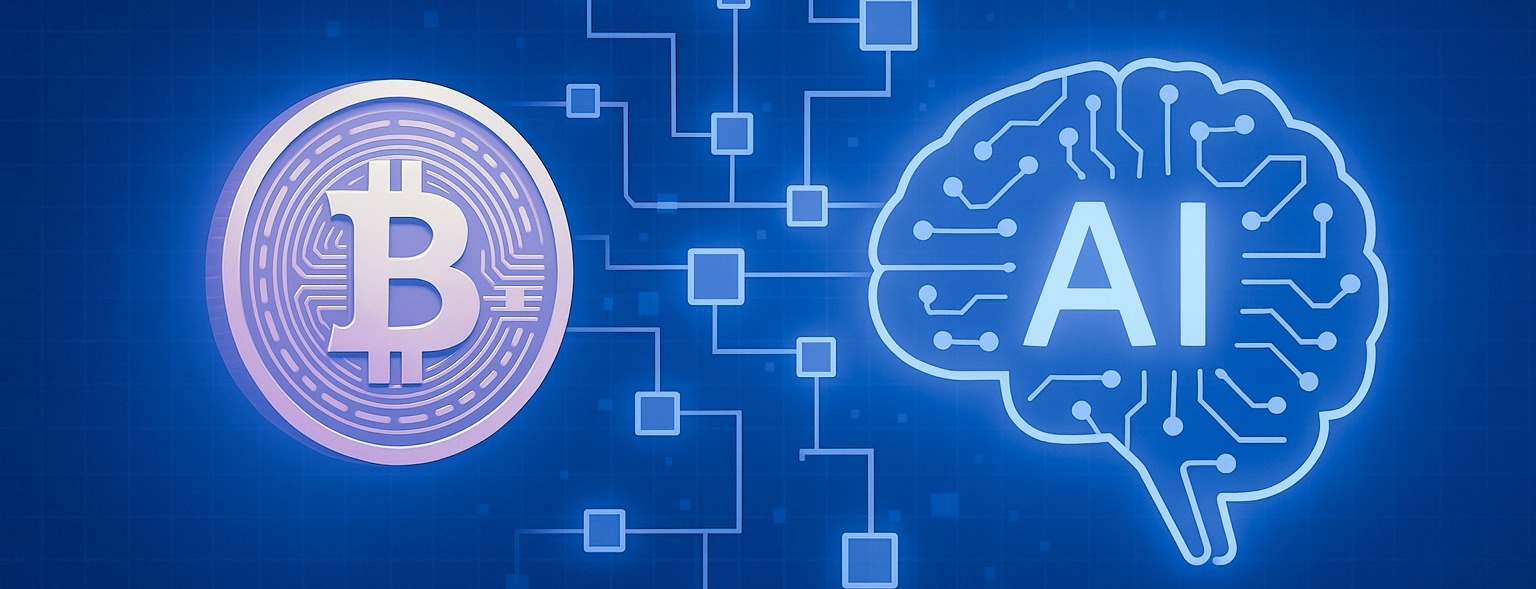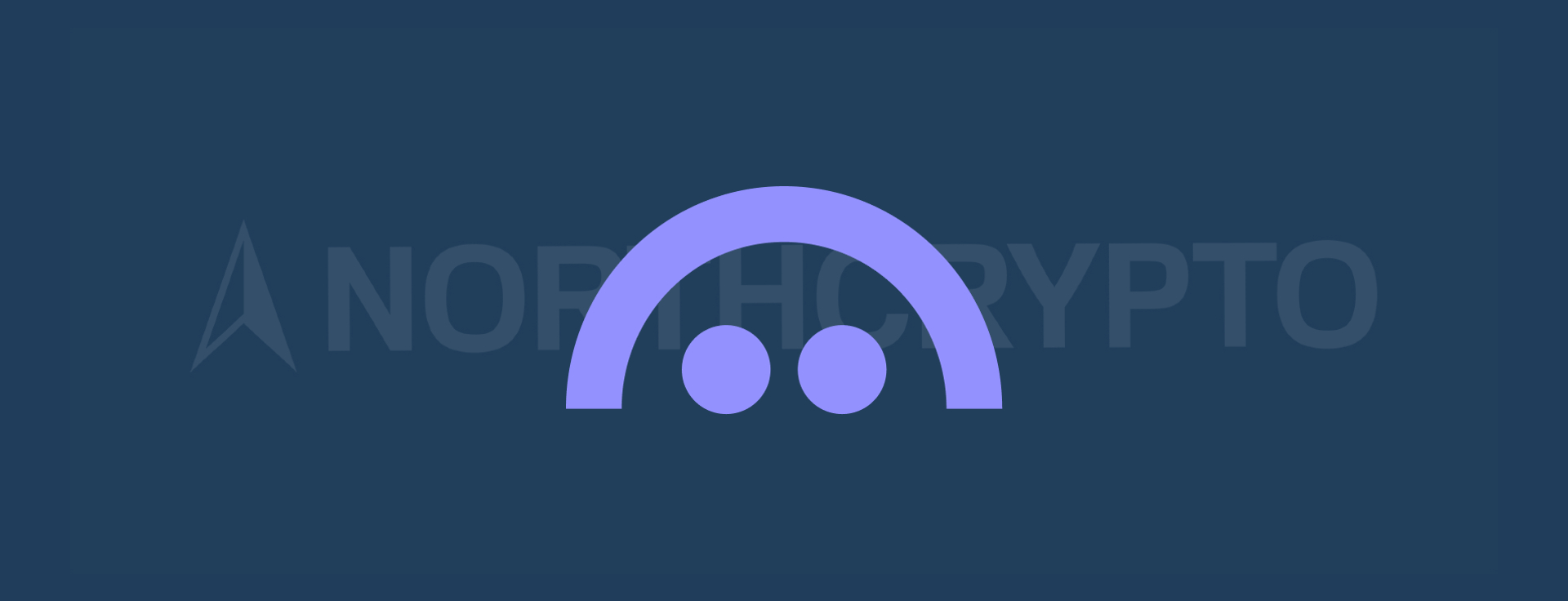
DeFi (Decentralized Finance) is one of the essential entities in the cryptocurrency market. In short, DeFi refers to services familiar from traditional banks imported over distributed blockchains. This text aims to open to the reader the terminology related to DeFi.
AMM
AMM (Automated Market Maker) is an algorithm used in distributed cryptocurrency exchanges (DEX). AMM allows the exchange to automatically determine the current exchange rate of the cryptocurrencies being traded.
APY
APY (Annual Percentage Yield) means the annual return on investment as a percentage.
APR
APR (Annual Percentage Rate) indicates the annual interest rate of an investment. Unlike APY, APR does not take into account the compound rate. As a result, the APR of an investment is invariably lower than the APY.
Arbitrage
Arbitrage refers to a situation in which a price difference has arisen between the same asset, for example, on different exchanges or DeFi services. Arbitrage is common in the cryptocurrency market, and, for instance, DeFi’s strongly linked yield farming uses algorithm-based arbitrage strategies to maximize investor returns.
CeFi
CeFi (Centralized Finance) is the opposite of decentralized financial services (DeFi). CeFi is a generic term for centralized service providers that offer their customers services familiar from the traditional banking world. An excellent example of a centralized banking service provider is traditional banks.
CEX
CEX (Centralized Exchange) is a centralized cryptocurrency exchange. Centralized cryptocurrencies also go under the term CeFi. Centralized cryptocurrency exchanges must comply with the laws and regulations of the country in which they operate.
Decentralized
If something is decentralized, ownership is shared among everyone who wants to be part of this whole.
DeFi
DeFi (Decentralized Finance) means that services familiar from traditional banks are brought over a decentralized blockchain, eliminating the need for third parties such as banks. In theory, DeFi is not tied to any single blockchain, but in reality, most DeFi services run on the Ethereum platform. The number of different DeFi services is constantly growing, and new, even more, innovative solutions are continually entering the market.
DEX
DEX (Decentralized Exchange) is the opposite of a Centralized Exchange (CEX). Decentralized exchanges operate in their operations through smart contracts, which enable interactions between users. Decentralized exchanges do not have to comply with the same rules and regulations in their own operations as centralized exchanges. Decentralized exchanges have massive importance to DeFi, as new DeFi services are entering the market rapidly, and most of them never end up on the lists of centralized exchanges.
Ethereum
Ethereum is the second-largest cryptocurrency on the market and the backbone of DeFi. Ethereum’s operating principle differs very much from the largest cryptocurrency on the market, Bitcoin. Bitcoin is a digital medium of exchange, while Ethereum can be considered a complete ecosystem.
Flash loan
A flash loan is an unsecured loan familiar from the DeFi world. As the name implies, the flash loan is very fast as it is drawn and repaid during the same block. Flash loans make it possible to take advantage of new types of almost immediate DeFi-based investment opportunities.
Gas
Gas is the payment for transactions made on Ethereum’s network. Using DeFi applications on Ethereum’s network requires the investor to make a Gas payment.
Governance token
Governance Token is a cryptocurrency that gives hodlers the possibility to participate in the administration of a particular cryptocurrency project. The owners of the governance tokens may decide on the development of that service. The more governance tokens own, the more voting rights it is possible to have in project decision-making.
Liquidity
The term liquidity describes the ability to sell or buy cryptocurrencies without causing major changes in the cryptocurrency market price. If the liquidity of a cryptocurrency is low, it means that the supply of that currency is low. Low liquidity leads to situations where, for example, individual trades on decentralized exchanges can have a tremendous effect on the exchange rate of that cryptocurrency.
Liquidity pool
Liquidity pool means that cryptocurrencies are locked to enable the liquidity of decentralized cryptocurrency exchanges (DEX). The cryptocurrencies deposited in the liquidity pool are deposited by liquidity providers, most typically ordinary investors. Every decentralized cryptocurrency exchange (DEX) requires a liquidity pool to operate.
Liquidity provider
In DeFi services, liquidity providers are investors who deposit cryptocurrencies into the liquidity pools of decentralized exchanges (DEX). A liquidity provider cannot only deposit a randomly selected cryptocurrency but must be an exchange pair such as USDC/ETH. In return for the liquidity deposited, the investor receives a share of the trading costs of those cryptocurrencies in return. A liquidity provider may also suffer a loss if the exchange rates of cryptocurrencies deposited in the liquidity pool change sharply.
LP token
LP tokens are cryptocurrencies that are distributed to liquidity providers by decentralized cryptocurrency exchanges (DEX). The amount of LP tokens received by the liquidity provider corresponds to the liquidity provider's total share of the liquidity pool funds. LP tokens serve as proof of the deposited liquidity, and by redeeming them, the liquidity provider can get back the deposited liquidity.
NFT
NFT (Non-Fungible Token) is a digital commodity on top of a blockchain. The NFT can represent any unique digital object imported over the blockchain.
Oracle
The oracle is a source of information that enables a smart contract to access data outside the blockchain.
ROI
ROI (Return on Investment). ROI is an investment's performance measure that tells the profitability of an investment.
Slippage
Slippage refers to a situation where the trade’s expected price and the actual price at which the trade is executed are different. In decentralized cryptocurrency exchanges (DEX), investors can set a slippage that they are ready to accept for trading. Typically, the size of the needed slippage depends on how much liquidity the cryptocurrency has.
Stablecoin
Stablecoin is a cryptocurrency whose main task is to keep its value as stable as possible in all situations. Almost always, this means that the value of one stablecoin is meant to stay as close as possible to one dollar. This is possible through various guarantee methods.
TVL
TVL (Total Value Locked) indicates the amount of money locked into the DeFi service. The higher the TVL, the more investors use the service. Based on the TVL figure, it is also possible to arrange the different DeFi services in size. It is possible to view the TVL figures for DeFi services on a popular site called DeFi Pulse.
Yield Farming
Yield farming is a fully automated method to generate high returns from different DeFi-services. The goal of yield farming protocols is to provide investors the best possible interest rate return that various DeFi services enable.
Mikko Soon
Cryptocurrency specialist
Last updated: 10.02.2023 09:20





